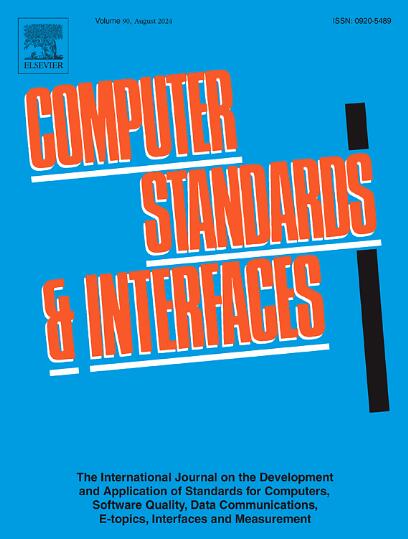Disentangling different levels of GAN fingerprints for task-specific forensics
Abstract
Image generation using generative adversarial networks (GANs) has raised new security challenges recently. One promising forensic solution is verifying whether or not a suspicious image contains a GAN fingerprint, a unique trace left behind by the source GAN. Previous methods mainly focused on GAN fingerprint extraction while underestimating the downstream forensic applications, and the fingerprints are often single-level which only supports one specific forensic task. In this study, we investigate the problem of disentangling different levels of GAN fingerprints to satisfy the need for varying forensics tasks. Based on an analysis of fingerprint dependency revealing the existence of two levels of fingerprints in different signal domains, we proposed a decoupling representation framework to separate and extract two types of GAN fingerprints from different domains. An adversarial data augmentation strategy plus a transformation-invariant loss is added to the framework to enhance the robustness of fingerprints to image perturbations. Then we elaborated on three typical forensics tasks and the task-specific fingerprinting using different GAN fingerprints. Extensive experiments have verified our dependency analysis, the effectiveness and robustness of the proposed fingerprint extraction framework, and the applicability of task-specific fingerprinting in real-world and simulated scenarios.

 求助内容:
求助内容: 应助结果提醒方式:
应助结果提醒方式:


